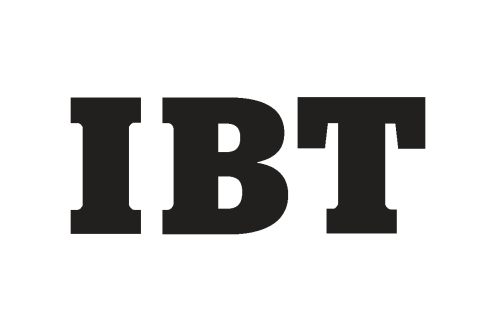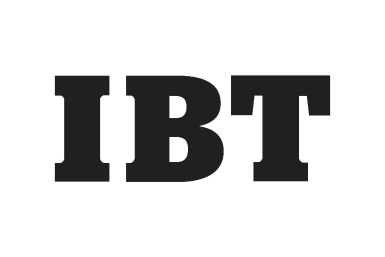Consumer spending rose less than expected in April as high gasoline prices continued to squeeze household budgets, according to government data on Friday which also showed annual inflation accelerating at its fastest pace in a year .
The evidence from China, for example, suggests that while higher rates certainly have the potential to dent gold demand, far more important drivers are inflation and growth. China's experience may not be typical, but it's certainly worth examining. China is the world's second biggest gold market after India.
Silver Prices handed back most of Wednesday's gains, dropping 6% inside three hours before hovering around $37 per ounce.
Gold prices may continue to stay at high levels in the coming months as investors seek the metal as a safe haven investment on concerns about faster inflation, slowing global economic recovery and geopolitical crisis, according to China National Gold Group Corporation (CNGGC).
Southeast Asia is rapidly becoming one of the world’s most powerful economic juggernauts, driven by fast growth and strong monetary policies by local central banks.
Dollar Gold Prices hit a three-week high of $1528 per ounce on Wednesday morning in London, while commodities - like global stock markets - failed to add much to the gains they made Tuesday after Goldman Sachs issued a bullish note on natural resources.
St. Louis Federal Reserve President James Bullard said on Monday that stripping energy and food costs from inflation measurements may understate inflation. Ignoring energy prices in a price index may systematically understate inflation for many years, he added.
Turmoil over sovereign debt problems in Europe could weigh on the U.S. economic recovery, St. Louis Federal Reserve President James Bullard said on Monday.
Increasing consumer anxiety that prices are broadly on the rise should not trigger an inflation-fighting response from the U.S. Federal Reserve, according to research Monday from the San Francisco Fed.
Manufacturers in Europe and China tapped the brakes this month and price pressures eased as tighter policy measures to control inflation began to bite, purchasing managers' indexes showed on Monday.
The European Central Bank must guard against steep oil price gains filtering through to broader inflation, an ECB policymaker said on Monday, adding that rising long-term inflation expectations must be taken seriously.
The solid demand for gold is not supported just by private individuals and panicky investors, but countries like China, India and Russia are ramping up investment in the yellow metal.
After Chinese government tightened the monetary policy in April for four times, the manufacturing growth of the country slowed in May, while price pressures eased, according to a survey showed on Monday, Reuters reported.
Clothing maker and retailer Gap Inc slashed its full-year profit outlook on Thursday, saying that its price increases will not be enough to keep up with rising cotton and production costs, and shares fell 13 percent.
The U.S. economy is on a firmer footing after a deep and lengthy recession, but still-high unemployment is keeping inflation under wraps and continues to warrant ongoing support from the Federal Reserve's ultra-easy money policy, a top Fed official said on Thursday.
Consumer inflation in the US has remained relatively stable after the 2008 financial crisis. In April 2011, however, it jumped to 3.2 percent year-over-year. From here on out, it's only going to accelerate.
Minutes from the last FOMC meeting held April 26-27, 2011.
The two hottest personalities in the hedge fund industry just disagreed about the hottest investment in the world.
Revenues at the world's biggest investment banks fell 5 percent to $52 billion in the first quarter of 2011, hit by Middle Eastern unrest, natural disasters, volatile commodities and economic uncertainty, a consultancy said in a report on the industry.
Gold Bullion prices were little changed below $1500 per ounce on Tuesday morning, but fell for non-US investors as the Dollar eased back on the currency market and European equity markets cut their earlier losses.
U.S. Dollar Gold Prices continued on Monday morning where they'd left off on Friday, zigzagging around $1495 while global stock markets fell along with major industrial commodities oil and copper.
Energy costs pushed up euro zone inflation in April, but core prices jumped as well, confirming ECB concerns about rising inflationary risks and adding to the case for more interest rate hikes.


















